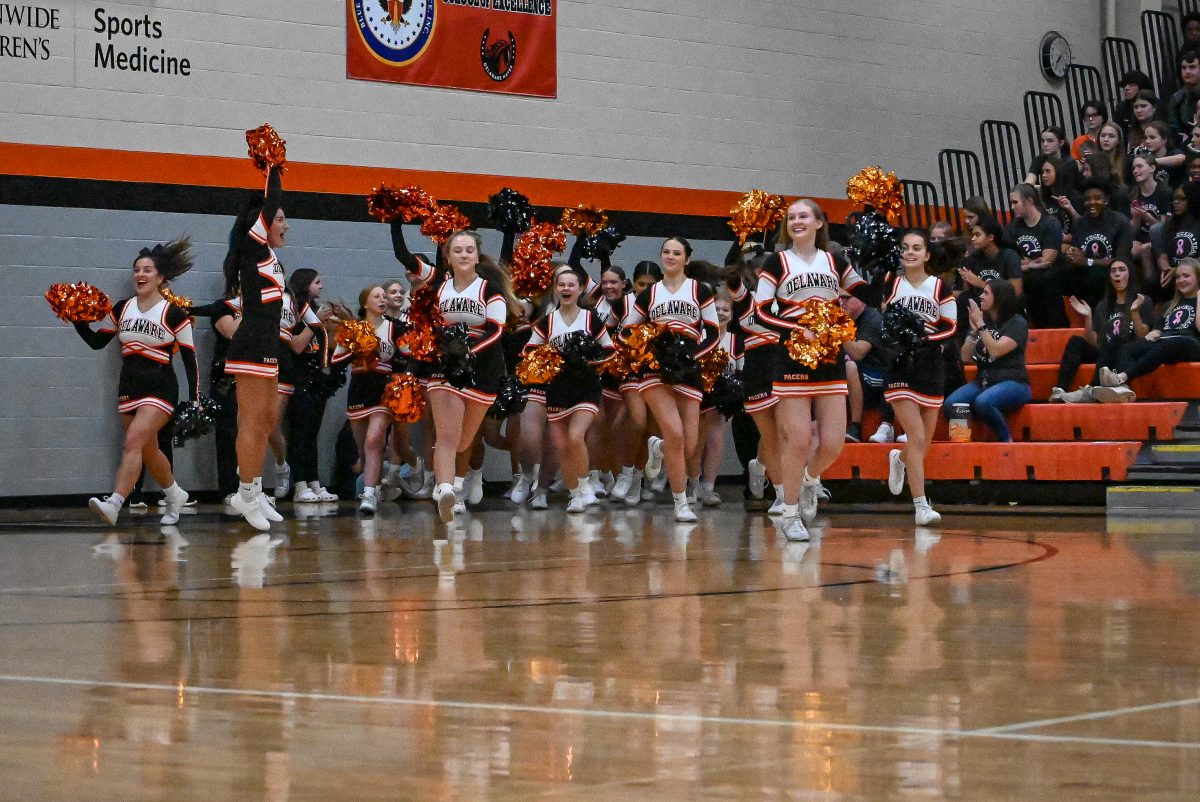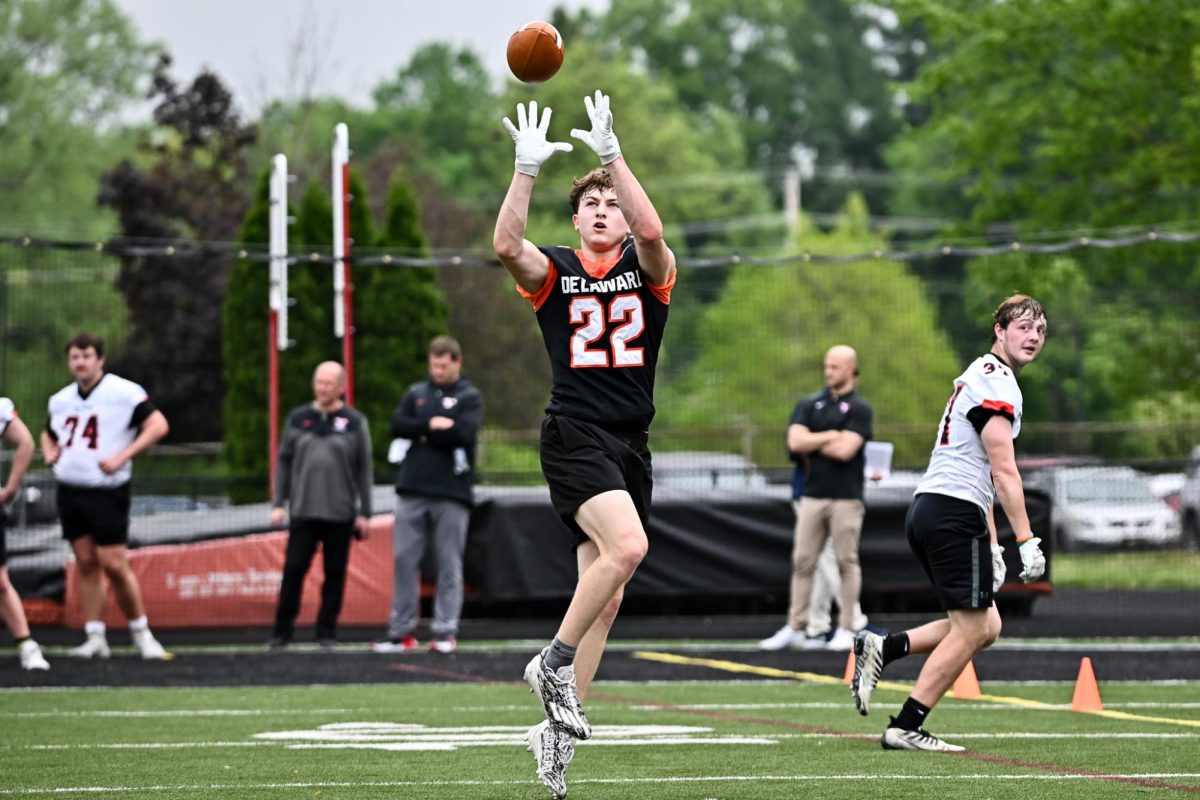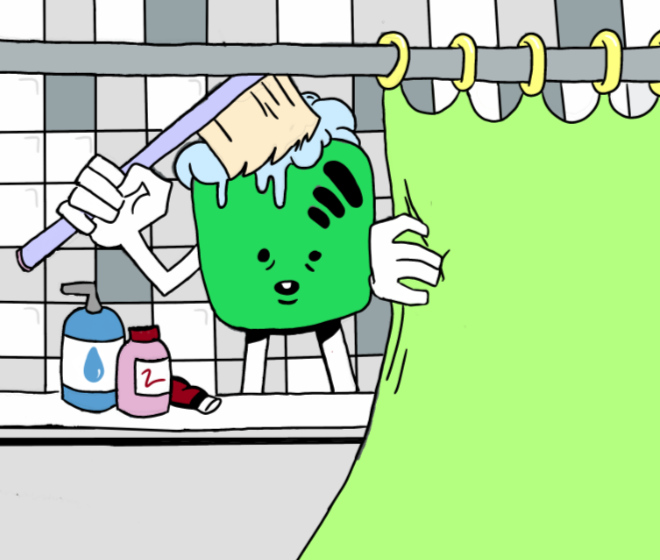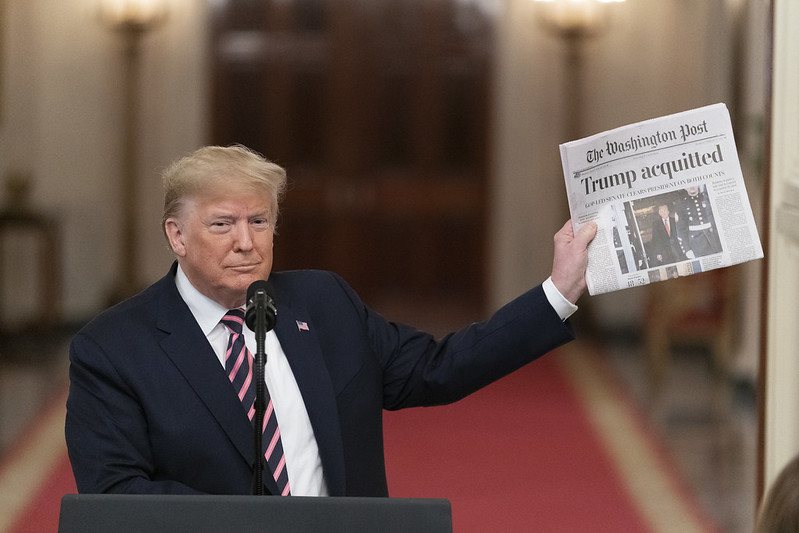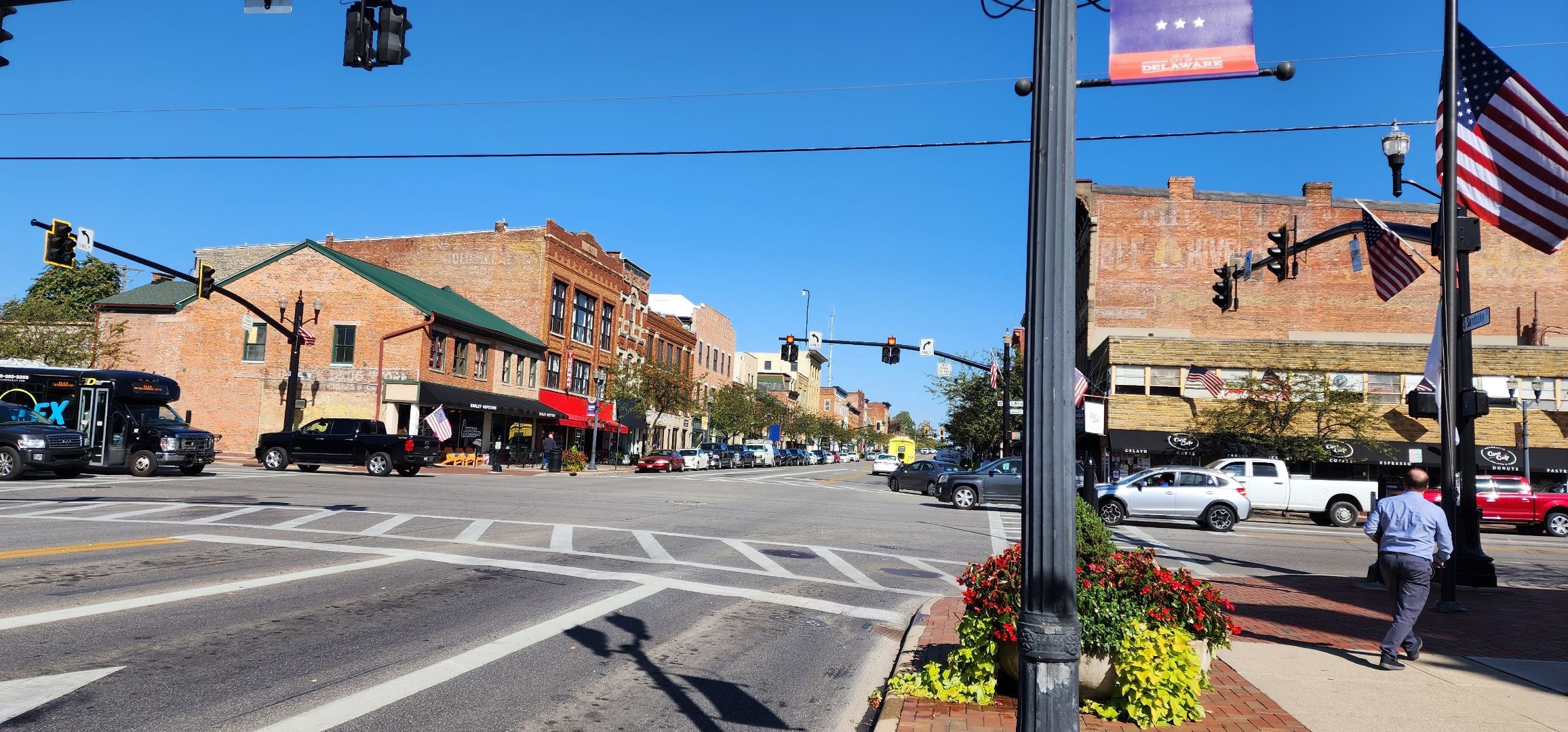A timeline of former President Trump’s second impeachment
Official White House Photo by Shealah Craighead
President Donald J. Trump addresses his remarks Thursday, Feb. 6, 2020 in the East Room of the White House, in response to being acquitted of two Impeachment charges. Trump was acquitted for a second time almost exactly one year later.
March 10, 2021
On January 6, a mob stormed the U.S. Capitol during the certification of the Presidential Election.
President Trump was accused of inciting the riot. Many called for Trump to resign, and some even called for Vice President Mike Pence to invoke the 25th Amendment to remove Trump from office.
Within hours of the Capitol riot, multiple members of Congress called for impeachment. Democratic Representatives David Cicilline, Ted Lieu and Jamie Raskin all helped draft the Article of Impeachment for incitement of insurrection. On January 13, the Articles of Impeachment were introduced to the House of Representatives.
The House voted 232-197 in favor of impeachment. All Democrats voted for impeachment with 10 Republicans crossing party lines to join them.
This made Trump the first president to be impeached twice.
With Trump out of office by the time of the trial, he could not be removed from office with conviction, but if he were found guilty in the Senate, he would be barred from making a run for the Presidency in 2024.
On January 25, the article was brought over to the Senate to begin the trial.
The trial started with Republican Senator Rand Paul seeking to dismiss the charges against Trump, saying it was unconstitutional to try a former President. Most Senate Republicans supported Senator Paul’s call. However, the motion was dismissed with a 55-45 vote.
Representative Jaime Raskin led as impeachment manager and author with several House Democrats assisting in oral arguments for conviction. Raskin invited Trump to testify, an invitation Trump had declined.
The lawyers President Trump originally hired had quit after he had called for the defense to be centered on the idea that the election had been stolen from him, a claim debunked by various failed lawsuits. To lead his new defense, Trump hired personal injury lawyer, Michael van der Veen from Philadelphia. Van der Veen became the center of laughter for various gaffes and faced various memes and criticisms.
When it came for the prosecution to testify, Raskin used his own account of the events at the Capitol to start. Stating the “haunting sounds” he had heard; from people banging in doors to people phoning their loved ones to say goodbye.
The prosecuting team used new footage of the riots to bolster their case, which included several new angles and police body-camera footage. A video showed a group of rioters trying to find and kill Pence, another video showed a group looking to kill Speaker of the House Nancy Pelosi. The team claimed all of this to be a result of Trump’s tweets and speeches.
Along with new videos, Trump’s “Save America” rally he held the morning of the riots, had several inflammatory and inciting remarks by President Trump.
The defense team argued that the charges brought against Trump were “an unconstitutional act of political vengeance.” Van der Veen also stated that if the attack was as premeditated as some suggested then it would be impossible for Trump to incite the riot. Finally, using “whataboutism,” they called out the hypocrisy of the Democrats, showing several instances of party members using inciting language at rallies.
For closing arguments, the impeachment managers made their final call for Trump to be convicted, claiming his lack of care for the safety of lawmakers and the evidence they presented that he had incited the riots.
For Trump’s defense, his lawyers made various debunked claims that the attack was planned by left and right groups such as Antifa and Oath Keepers, along with the claim that Trump made no remarks that were inflammatory.
On February 13, President Trump was acquitted with 57 senators voting in favor of impeachment with 43 against. Seven Republican senators voted in favor of conviction, which makes it the most bipartisan impeachment conviction vote to date.
Many blasted the decision in both the House and Senate, but some hailed the fact that it was a bipartisan effort. President Trump retains the opportunity to run again in 2024.



